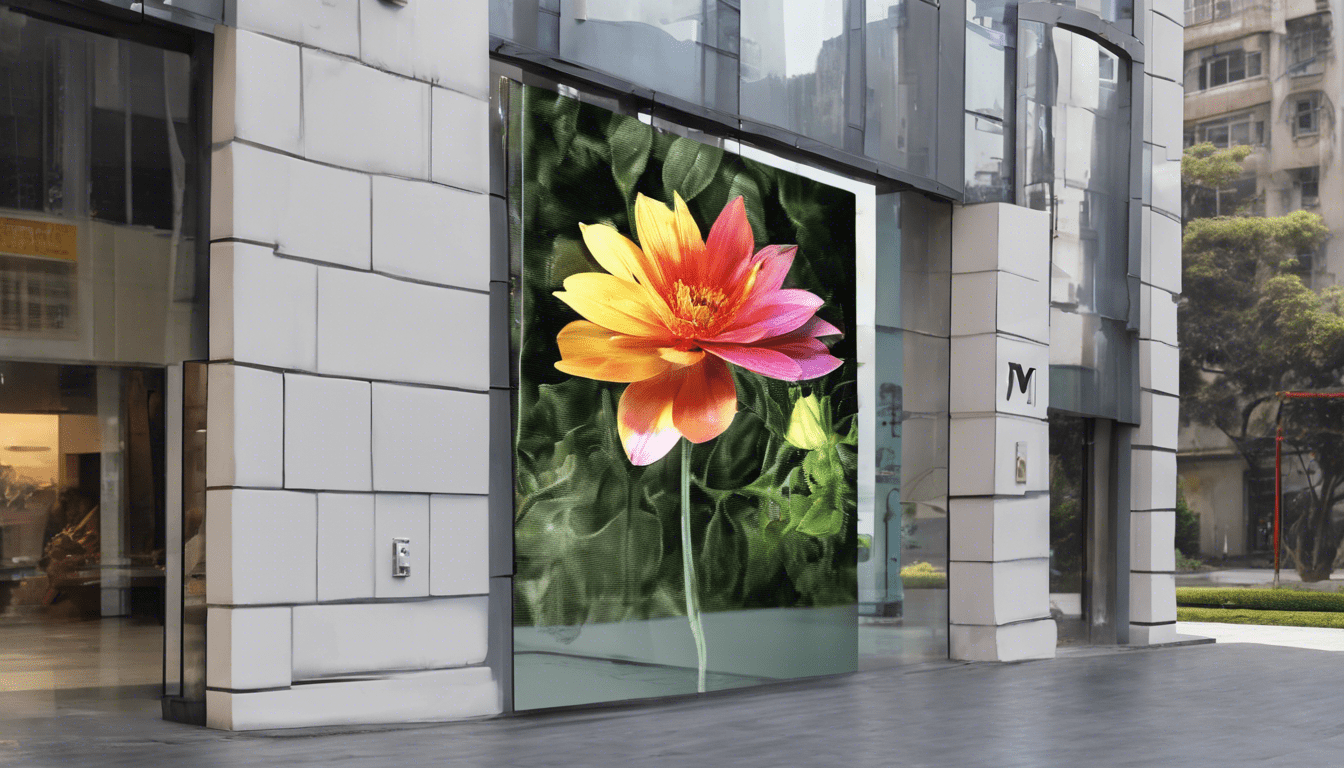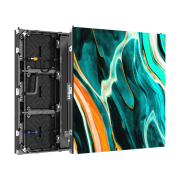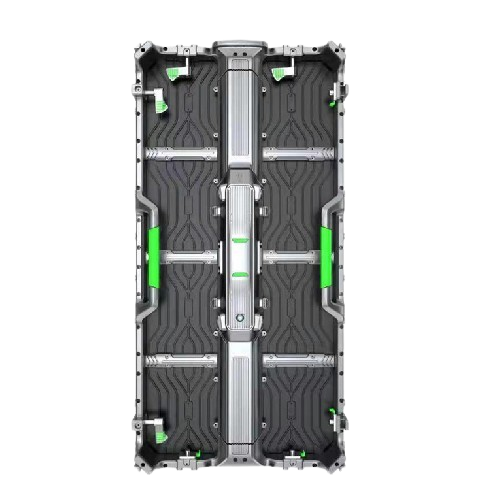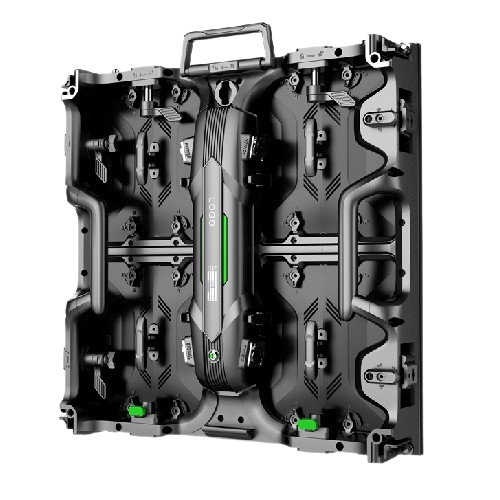Revolutionizing Visual Displays: A Deep Dive into Glass Window LED Display Manufacture
Introduction to Glass Window LED Displays
As technology continues to advance, glass window LED displays have emerged as a cutting-edge solution for businesses seeking to enhance their visual marketing. These displays combine transparency with vivid imagery, offering an unparalleled visual experience. In this comprehensive guide, we will explore the intricacies of glass window LED display manufacture, from the raw materials to the final installation, ensuring you have all the insights you need to understand this innovative technology.
The Importance of Glass Window LED Displays in Modern Marketing
The adaptability and high visual quality of glass window LED displays make them an essential tool for modern marketing strategies. These displays are often used in:
- Retail Stores
- Malls
- Corporate Offices
- Airports
- Public Transportation Hubs
By seamlessly integrating advertisements and promotional content into glass windows, businesses can attract more customers and boost sales effectively.
The Basic Components of Glass Window LED Displays
Understanding the components involved in glass window LED display manufacture is crucial for grasping how these displays function. The main components include:
- LED Modules: These form the core of the display, consisting of numerous small LEDs that emit light to form images and videos.
- Power Supply: Ensures a consistent and reliable source of power to keep the display running smoothly.
- Control System: Manages the content displayed, allowing for easy updates and content management.
- Glass Panels: The transparent surface that houses the LED modules, typically made of high-quality, durable glass.
- Heat Dissipation System: Prevents overheating, maintaining the display’s performance over time.
The Manufacturing Process: From Concept to Completion
Step 1: Design and Planning
The first step in the manufacture of glass window LED displays is the design and planning phase. This involves:
- Concept Development: Collaborating with clients to understand their needs and create a tailored design.
- Technical Specifications: Determining the technical requirements, such as resolution, brightness, and size of the display.
- 3D Modeling: Creating a 3D model to visualize the final product and make any necessary adjustments.
Step 2: Sourcing Materials
Quality control is critical in sourcing materials for glass window LED display manufacture. Key materials include:
- LED Chips: High brightness and low power consumption are essential qualities.
- Glass Panels: Must be durable and offer high transparency.
- Connecting Wires: Reliable and capable of facilitating seamless communication between components.
Step 3: Assembly
The assembly phase brings all components together. Key steps include:
- Mounting LED Modules: Securing LED modules onto glass panels.
- Internal Wiring: Carefully connecting all electrical components to ensure functionality.
- Installing Control Systems: Adding control systems to manage content display.
Step 4: Quality Testing
Before deployment, rigorous quality checking is conducted to ensure:
- Display Uniformity: Consistent brightness and color across the display.
- Functionality Tests: All functions, including heat dissipation and content management, work as intended.
- Durability Assessments: Testing the physical robustness of the display, especially in various environmental conditions.
Advantages of Glass Window LED Displays
Glass window LED displays offer numerous benefits over traditional display methods, including:
- High Transparency: These displays maintain the natural light and view through the window while displaying clear images.
- Energy Efficiency: LED technology is known for consuming less power compared to other lighting solutions.
- Flexible Content Management: Easily update the content to keep your advertisement dynamic and relevant.
- Durability: Designed to withstand external conditions, ensuring long-term use.
Applications and Case Studies
Let’s explore some real-world applications and success stories of glass window LED displays:
Retail Storefronts
Many retail stores have effectively leveraged glass window LED displays to attract foot traffic and enhance customer engagement. For example, a luxury fashion brand used these displays to showcase high-definition videos of their latest collections, resulting in a 30% increase in store visits.
Corporate Offices
Corporate offices utilize glass window LED displays for internal communications and branding. A tech company installed these displays in their lobby to keep employees updated on company news and events, fostering a more connected workplace environment.
Transportation Hubs
Airports and train stations have adopted glass window LED displays to provide passengers with flight or train schedules, advertisements, and important announcements. This application significantly improves the travel experience by offering real-time updates in an easily visible format.
Future Trends in Glass Window LED Display Technology
The future of glass window LED displays looks promising, with several emerging trends poised to shape the industry:
- Higher Resolution Displays: Demand for ultra-high-definition displays is growing, offering even clearer and more vivid images.
- Interactive Displays: Integrating touch technology to create interactive displays that engage users in new and exciting ways.
- AI and Smart Display Technology: Incorporating artificial intelligence to manage content dynamically and personalize advertising based on viewer data.
- Sustainable Materials: Increased focus on eco-friendly materials and energy-efficient components to reduce environmental impact.
Choosing the Right Manufacturer
Selecting a reliable manufacturer is critical to the success of your glass window LED display project. Consider the following factors:
- Experience: Look for a manufacturer with a proven track record in the industry.
- Quality Control: Ensure they adhere to strict quality control measures during every stage of production.
- Customization Options: A good manufacturer should offer custom solutions tailored to your specific needs.
- After-Sales Support: Check if they provide comprehensive after-sales service, including maintenance and technical support.
Conclusion
Glass window LED displays have revolutionized the way businesses communicate visually with their audience. From retail stores to corporate offices, these displays offer unparalleled advantages in terms of transparency, energy efficiency, and flexibility. By understanding the manufacturing process and keeping an eye on future trends, businesses can make informed decisions and leverage this technology to its fullest potential.







